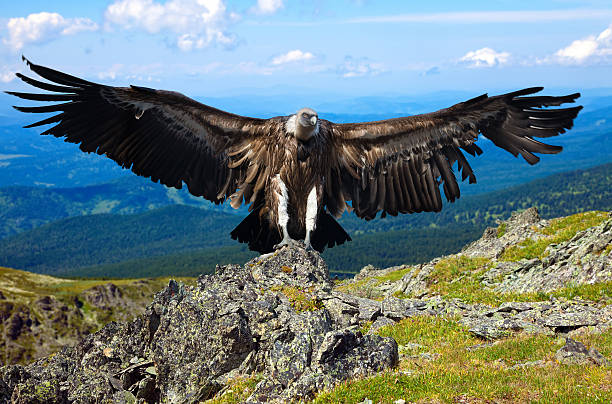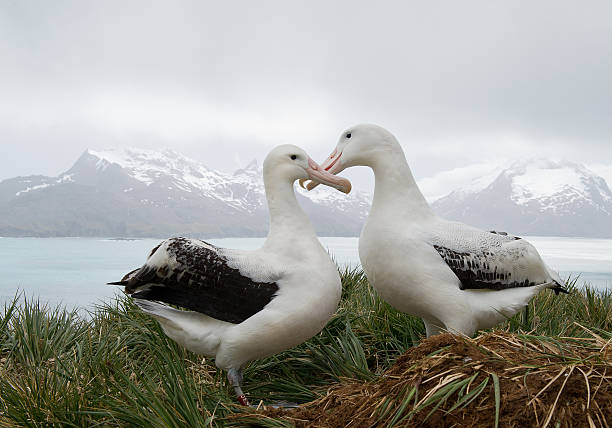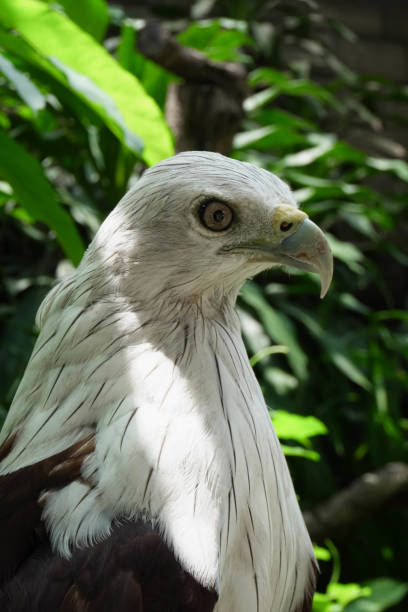World’s Largest Birds That Can Fly – Interesting Facts

Birds have fascinated humans for centuries with their ability to take to the skies effortlessly. But among them, a select few stand out as the true rulers of the air—giants with wingspans so vast they seem almost mythical. From the record-breaking albatross to prehistoric behemoths, here’s a closer look at the biggest flying birds on Earth.
The Andean Condor: The King of the Mountains

Soaring high above the Andes, the Andean condor (Vultur gryphus) is one of the largest flying birds alive today. With a wingspan stretching up to 3.3 meters (11 feet), it dominates the South American skies. Despite its size, this bird is an energy-efficient flier, relying on thermal currents to stay airborne for hours without flapping.
As a scavenger, the Andean condor plays a vital role in its ecosystem, cleaning up carrion and maintaining balance in the food chain. However, habitat loss and poaching threaten its survival, making conservation efforts crucial to protecting this aerial monarch.
The Wandering Albatross: The Ultimate Ocean Traveler

When it comes to wingspan, the wandering albatross (Diomedea exulans) holds the record for the largest of any living bird, stretching up to 3.5 meters (11.5 feet). Designed for long-distance flight, this seabird barely flaps its wings, gliding effortlessly across the Southern Ocean for thousands of kilometers.
Weighing around 12 kilograms (26 pounds), the wandering albatross is an endurance master, sometimes spending years at sea without touching land. It thrives on wind currents, making it the ultimate marathon flyer of the bird world.
The Ostrich: The Giant That Gave Up Flight

While not a flying bird, the ostrich (Struthio camelus) is the largest bird alive today. Standing up to 2.7 meters (9 feet) tall and weighing 150 kilograms (330 pounds), it dominates the land rather than the sky.
Instead of flight, the ostrich evolved for speed. It’s the fastest-running bird, capable of reaching 70 km/h (43 mph), allowing it to outrun most predators in the African savanna. Though its wings are small, its sheer size secures its place among nature’s bird giants.
Argentavis Magnificens: The Largest Flying Bird in History

Millions of years ago, a true giant ruled the prehistoric skies. Argentavis magnificens, a distant relative of today’s Andean condor, had an astonishing wingspan of up to 7 meters (23 feet)—more than double that of the wandering albatross.
Weighing around 70 kilograms (154 pounds), this ancient bird was a master of soaring, using thermal currents to travel vast distances in search of food. Argentavis was nature’s ultimate flying giant, proving that prehistoric skies were home to creatures far larger than anything seen today.
The Giants of the Sky: Then and Now
From the ocean-gliding albatross to the towering condor and prehistoric titans like Argentavis, birds have evolved in incredible ways to conquer the skies. Whether through endurance, efficiency, or sheer size, these aerial rulers remind us that nature’s power knows no limits.
Next time you see a bird soaring above, imagine the giants that once dominated the air—proof that evolution has always found ways to defy gravity in spectacular fashion.









